Vegan Globetrotter is supported by our audience. When you purchase through one of our links, we may earn a small affiliate commission. As an Amazon Associate I earn from qualifying purchases. Your cost is not affected.
==================
Any home cook will tell you that having the right tools in the kitchen can make all the difference. Cooking veggies requires the best vegetable-cutting knife. Choose a sharp, durable, easy-to-use vegetable knife or the best knife for prepping veggies. We’ll review the top vegetable-cutting knives in this article to help you select the right one. There’s nothing worse than pulling out a dull knife and having half the carrot across the kitchen. Or trying to slice a tomato, only to make it mush. Is your knife dull? Or are you using the wrong knife for the job? What’s the best knife for cutting vegetables?
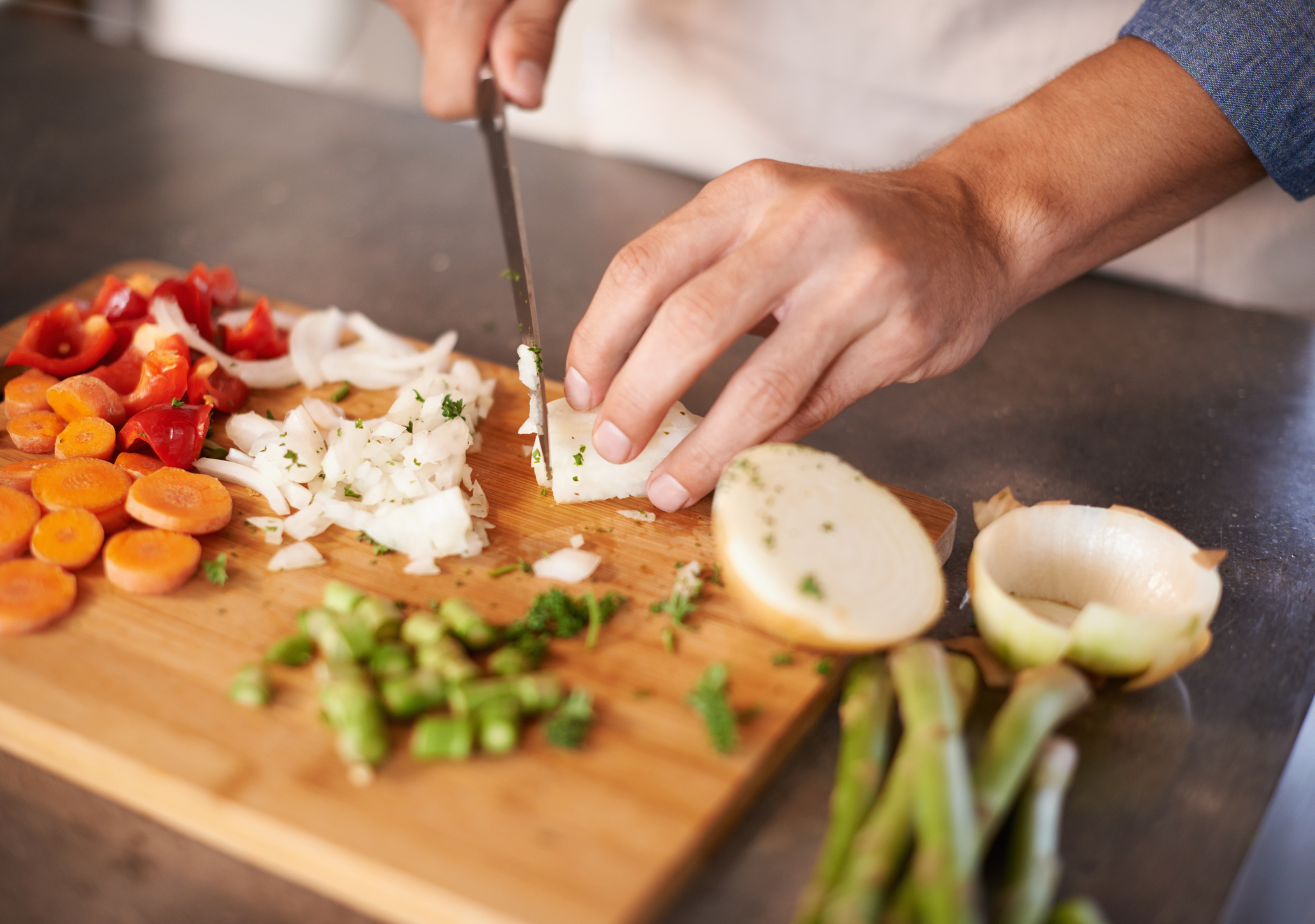
Discover the Best Knife for Cutting Vegetables
Good news! We have all the information on picking the best vegetable knife to make excellent veggie dishes. Read on to finally say goodbye to clumsy kitchen disasters!
Vegans, vegetarians, and veggie lovers need the correct knife to prepare their produce. Selecting the right vegetable preparation tool can save time and effort. Here are some recommendations to help you choose the best veggie knives!
The image below is the German stainless steel blade showing strength.
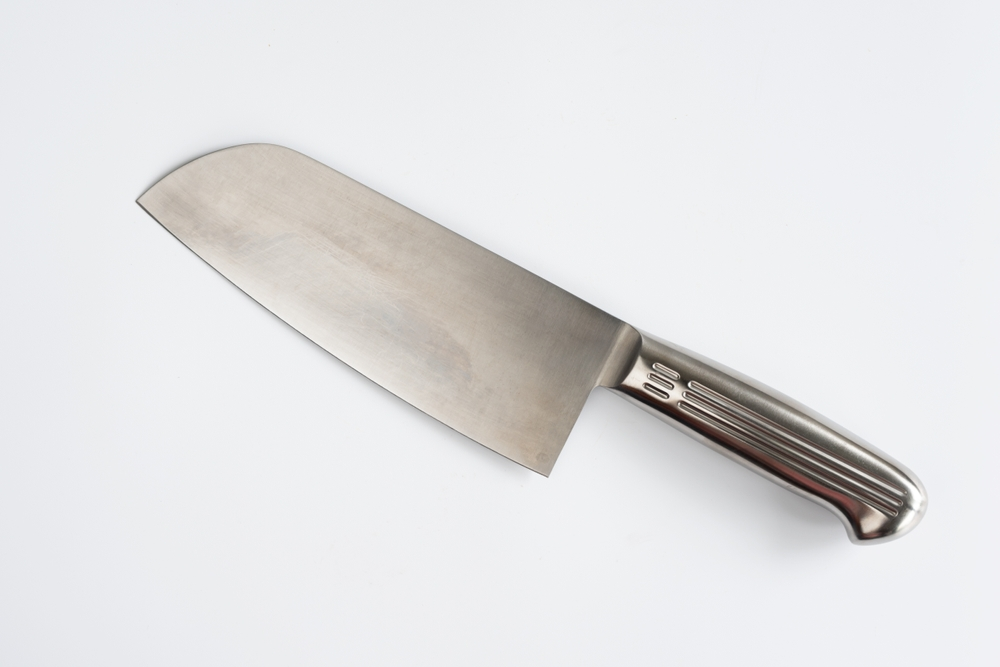
Also below is this image that show some of the various Japanese knife collections.
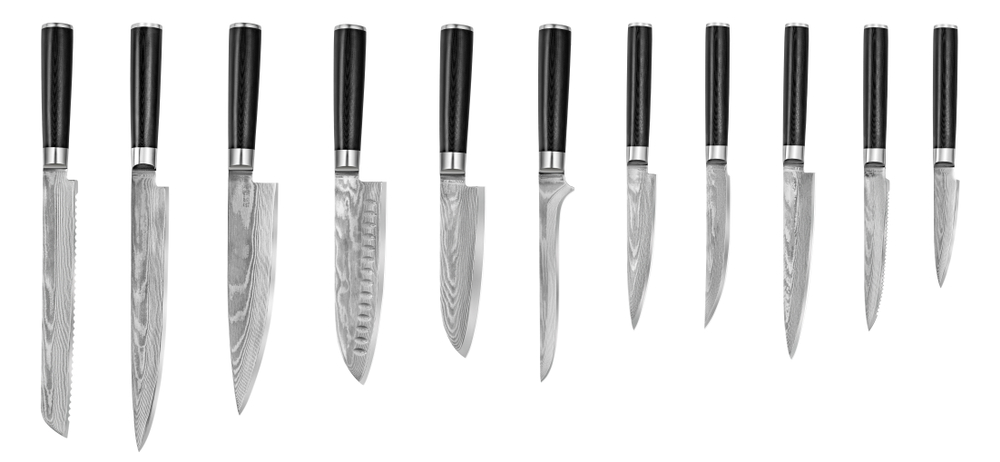
Still, you can watch a video of cutting and preparing vegetables to see how people use vegetable knives. It has the best knife for cutting vegetables.
List of Good Vegetable Knife – Best Knife for Cutting Vegetable
The Santoku Knife
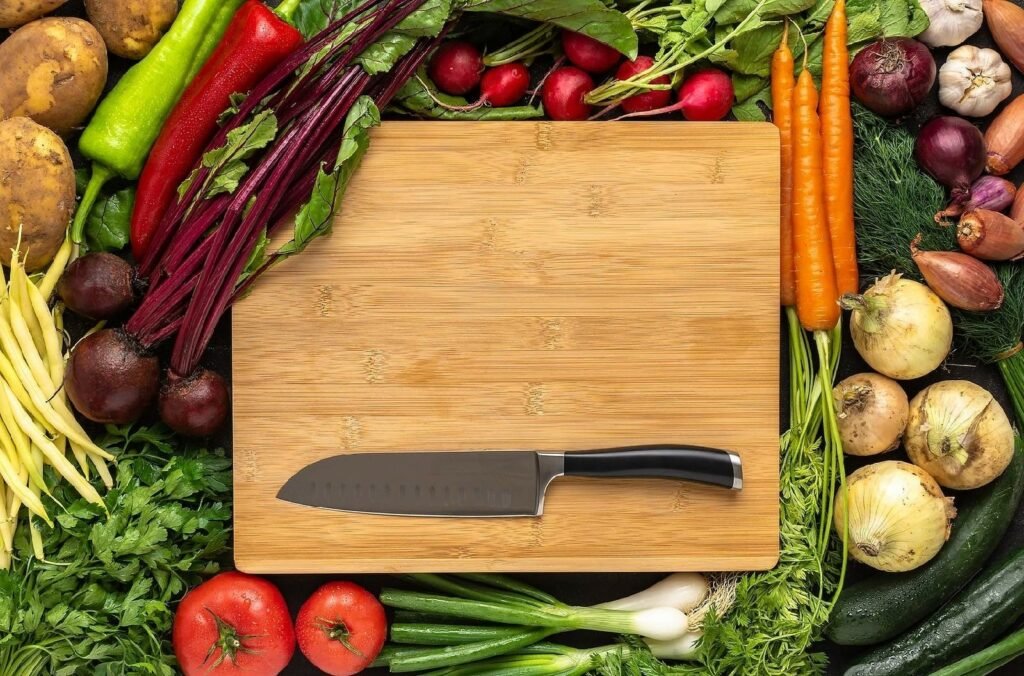
This Japanese-style knife works well for preparing vegetables. It’s sharp, light, and easy to use. Plus, it features a thin blade that reduces friction to make clean cuts without much effort. Chop, slice, and dice any vegetable with the Santoku knife. The Santoku is a superb option if you’re looking for the best vegetable knife in the kitchen.
Blade Length and Best Use
The 7-inch Santoku knife slices and chops fast. The Santodu is lighter than Chef’s knife. And it has no sharp tip. Because of how swift it can cut, it is our pick as the more sporty knife.
Santoku knives are smaller and lighter. Their structure makes them ideal for persons with little hands or less hand strength. They can cut, chop, and slice faster and better. To us, this is the best knife for cutting vegetables. The Santoku knife is my go-to for most of my vegetable preparations. But my husband prefers the chef knife. More on that in a minute.
The Santoku knife allows me to leave the pointed end of the blade on the cutting board. It lets me do that while I lift the edge high enough off the handle to slide over the next segment. All this happens very fast, of course. But the point is that I can slice and dice a lot of food soon because I use my knife very fluidly.
Chef’s Knife or French Blade
The Chef knife sports a tip rather than the blunt nose of the Santoku knife. Most are about 8.5 inches to 9 inches long though the length can be less or more. The chef’s knife design allows for a rocking motion when cutting vegetables. Some, like my husband, prefer this type of cutting. It takes me a little longer. Also, it works well for some more miniature vegetables, like radishes. I also like it for giant, hard vegetables, like butternut squash.
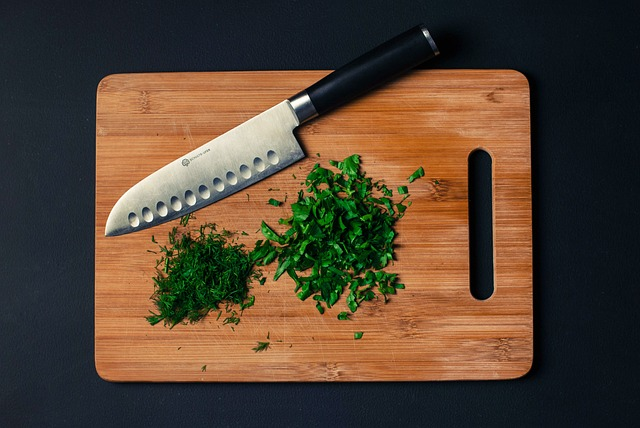
In most of my kitchen prep, I leave my chef’s knife in its sheath and opt for my favorite Santoku knife. I know; we aren’t supposed to play favorites. But for knives, it’s crucial to let each one do what it does best. For me, that’s the shorter, blunt-tipped Santoku knife. After using the chef’s blade, users should wash and dry it by hand. Also, people who use it should keep it sharp with a sharpening stone or honing rod.
The Chef’s Knife for as the Best Knife for Cutting Vegetables
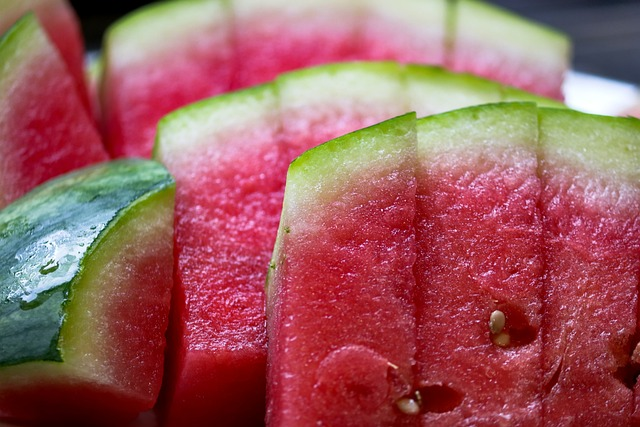
The chef’s knife does have some significant benefits, though. The curved blade is more versatile for heavier veggies like squash and melons. And it also performs well when dicing small vegetables and herbs.
Did you know that a chef’s knife is often considered the most critical tool in the kitchen? It’s a classic knife in various styles, but “the chef’s knife” usually means the Western chef’s knife.
Paring Knife for Peeling
For tiny cuts and peels, you’ll need a paring knife. The paring knife is usually about 3.5 inches long. It also cuts herbs, peels fruits, and citrus, and removes seeds.
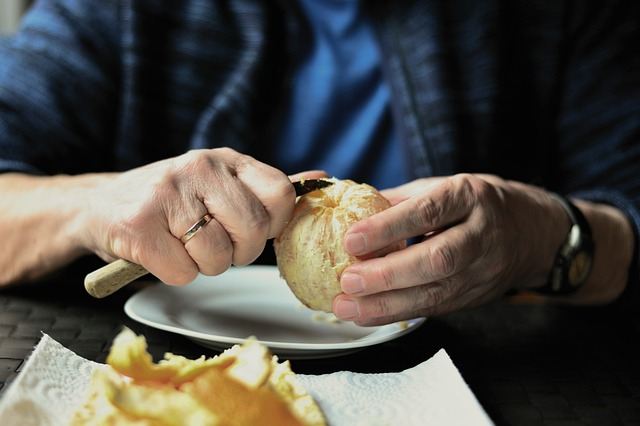
This veggie paring knife also chops and slices apples. Yet, other knives are preferable for chopping more giant vegetables or bread.
Utility Knife as the Best knife for Cutting Vegetables
Utility knives are vital, even if your knife collection doesn’t need them. This knife with a 5-inch blade might form the bridge between the paring knife and Chef’s knife.
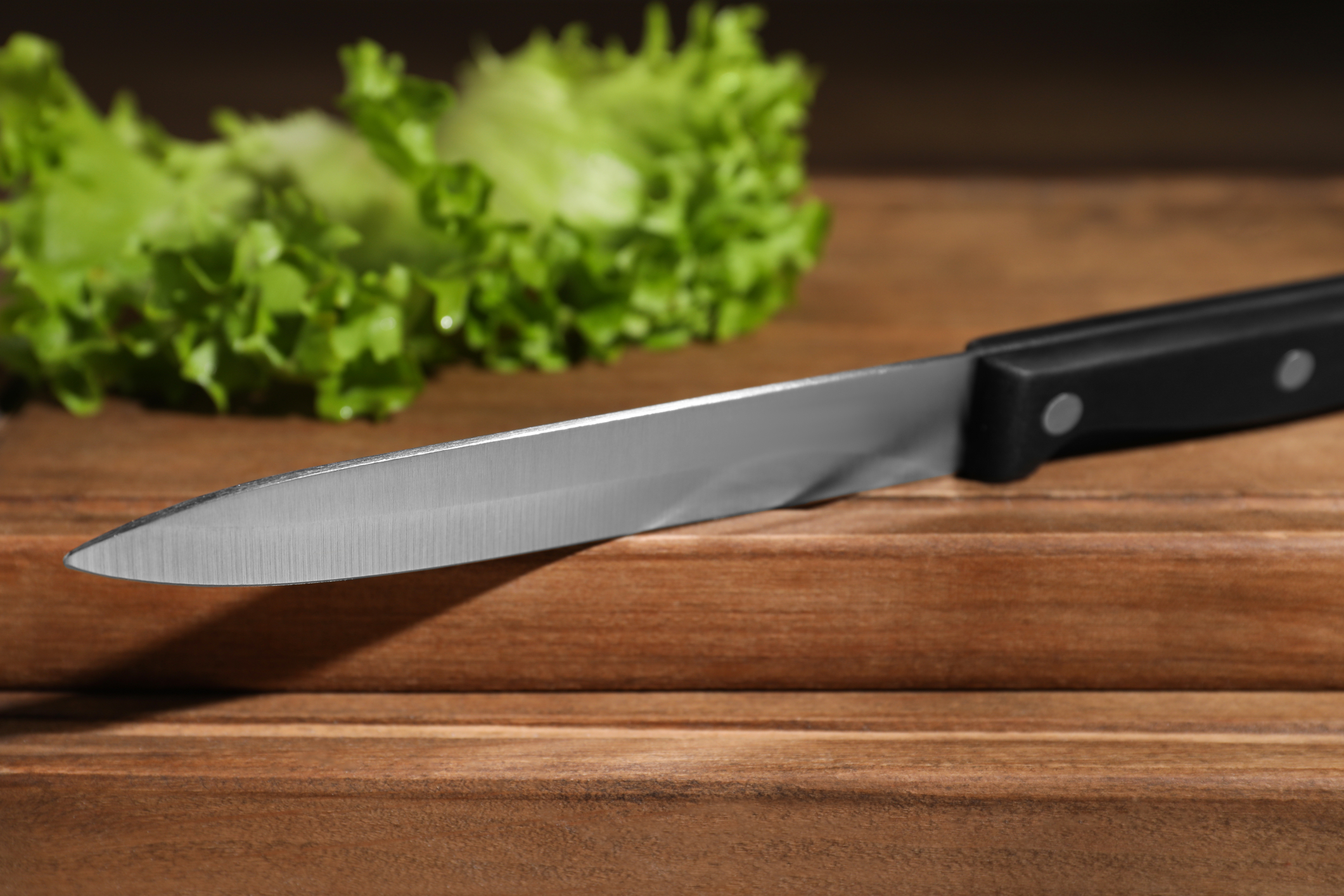
It works well for slicing bagels and buns and cuts sandwiches with ease. It does not slice bread loaves well; choose the bread knife. Yet the utility knife chops tiny herbs and vegetables like the paring knife.
Bread Knife to Slice Loaf
The bread knife is easy to spot because it has a serrated edge. But people don’t only use it for cutting bread. A saw blade comes to mind when I look at the border, and that’s because it cuts like one. Make a sawing motion with it.
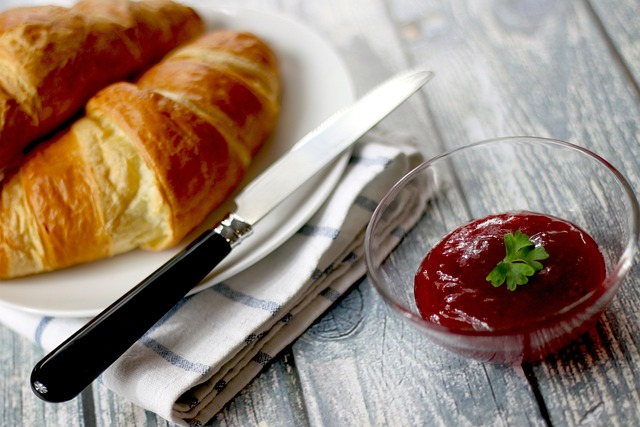
Carving Knife Can Be the Best Knife for Cutting Vegetables
At 12 inches long, the carving knife finds less use in our vegan kitchens. But don’t write it off yet. You may prefer the carving knife for melons, squash, and other giant vegetables and fruit.
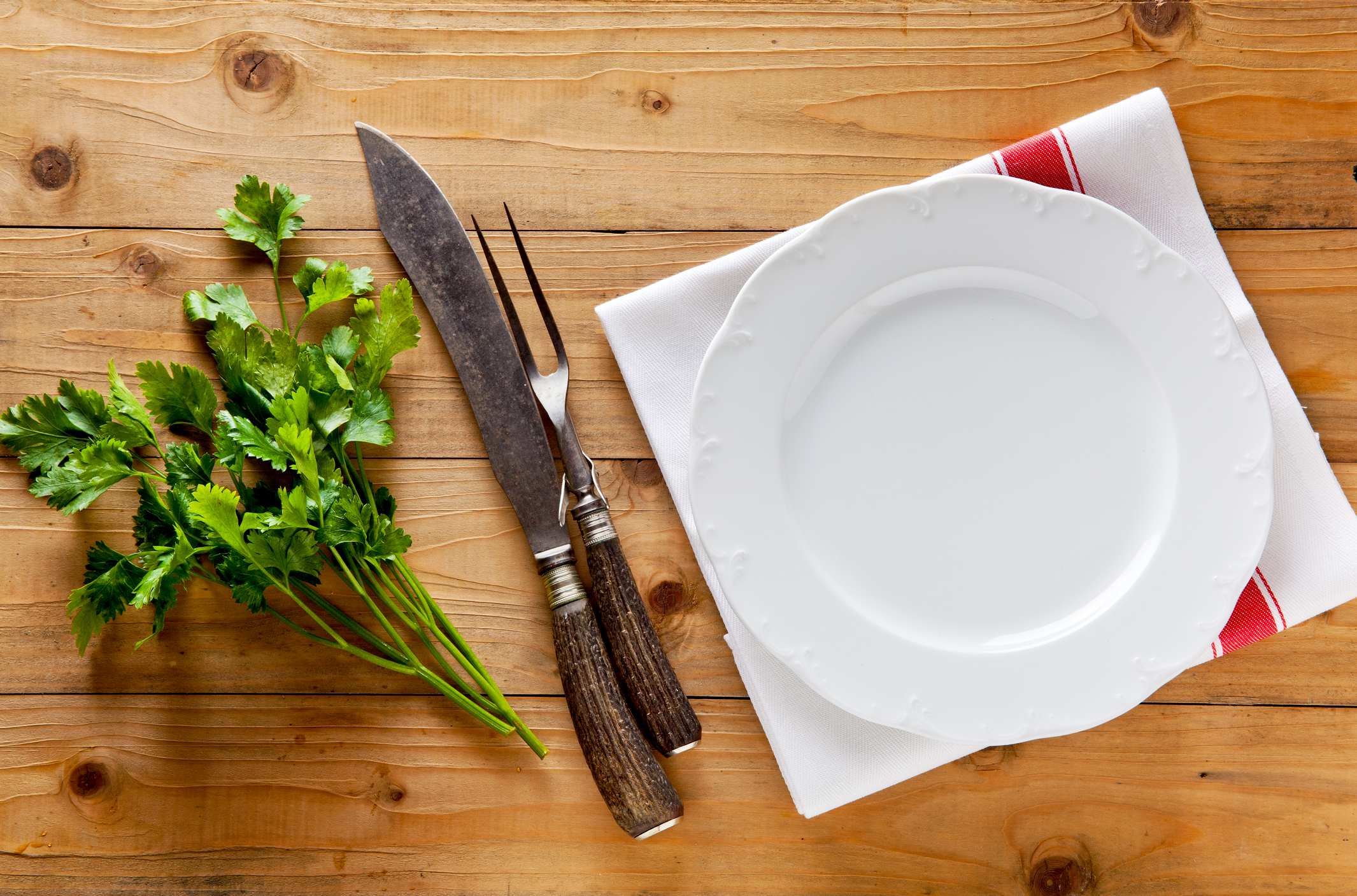
We find this knife too large for most tasks. It’s usually used more for carving food than vegetables. But if your knife collection includes a carving knife, use it for these more extensive tasks.
Yet, if you still need a carving knife and don’t plan to carve, use your other large knives to cut veggies. The chef’s knife serves most of these purposes quite well. Hence, it makes it the best knife for cutting vegetables.
Nakiri Knife
Have you heard of the Nakiri knife? It’s a Japanese vegetable knife that looks like the Tao, a small cleaver made in China. A straight, flat blade makes the Nakiri knife ideal for slicing and chopping vegetables. But it’s not designed for the Western chef’s knife’s push-and-pull rock chop.
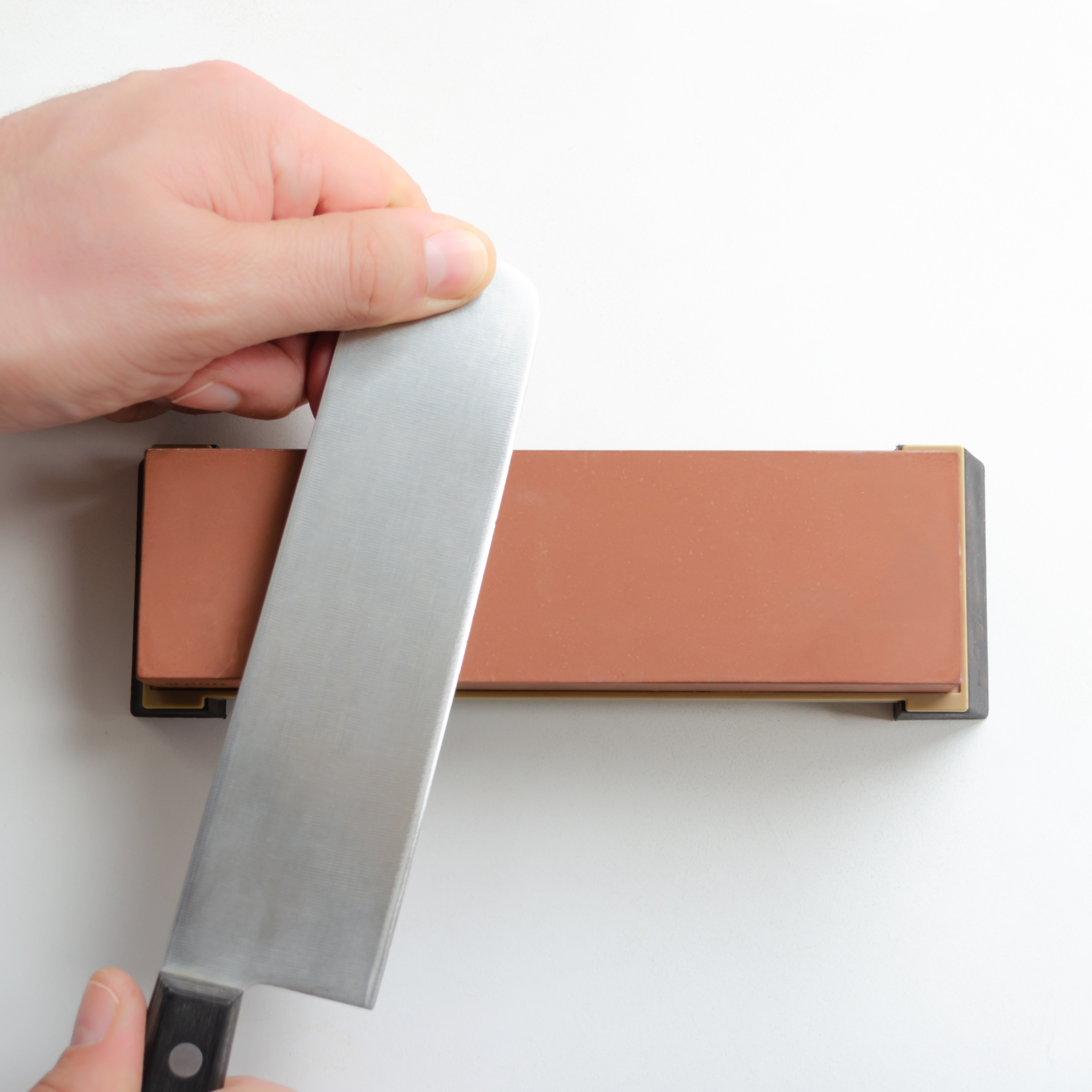
The Nakiri is the best knife for cutting vegetables into small pieces. Nonetheless, the Western chef’s knife is more adaptable than the Santoku. The reason is the razor-like sharpness of its narrow blade. It’s crucial to remember that you shouldn’t use the Nakiri knife to cut animal products such as meat, bones, or fish. The reason is you could end up breaking the blade. So if you need more room for an extensive kitchen knife collection, stick to the basics.
Japanese Knives vs. German Knives for the Best Knife for Cutting Vegetables
Professional chefs have their knives. They chose these based on their professional and personal inclinations.
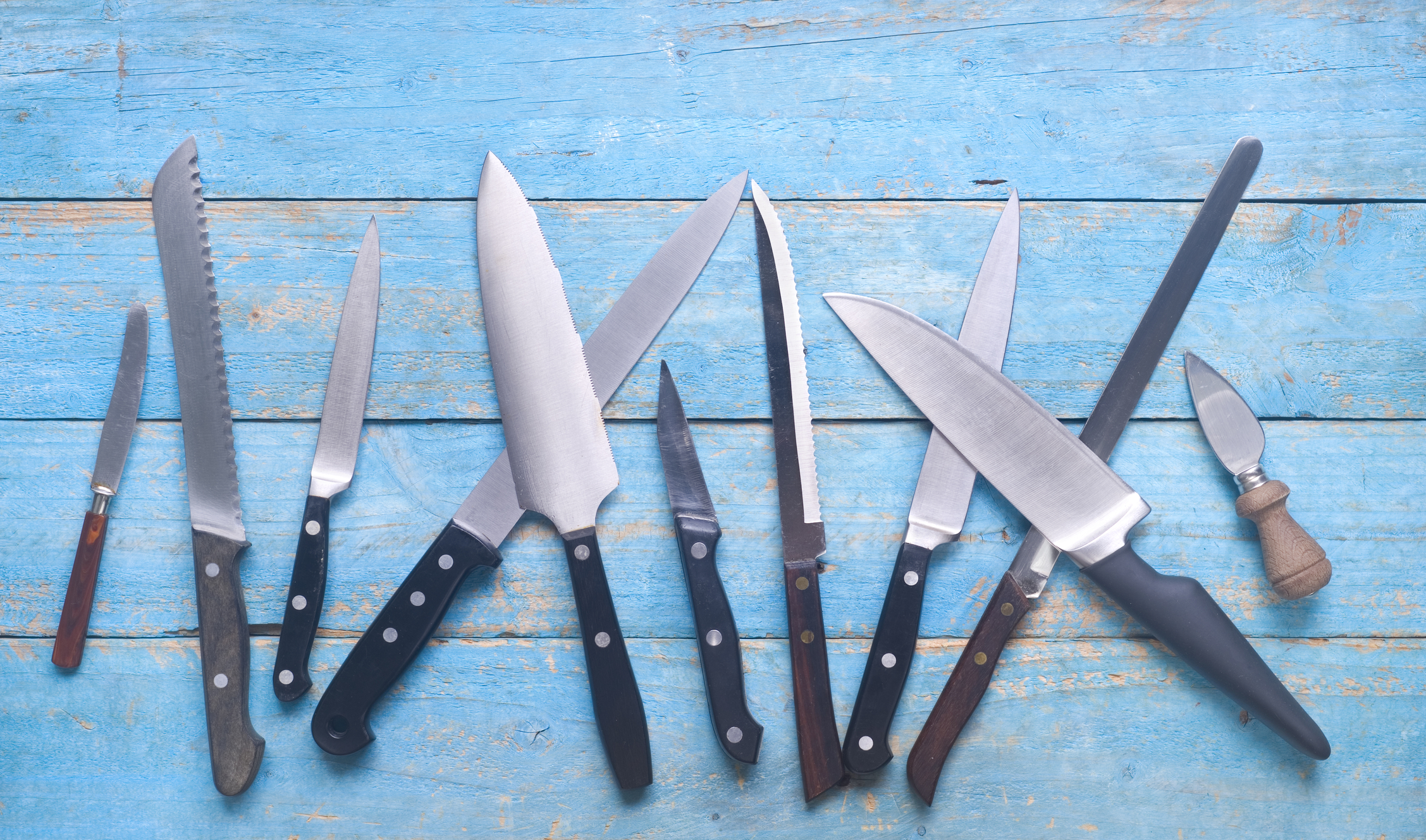
Why do some choose a Japanese chef’s knife while others prefer German stainless steel blades?
German stainless steel blades are heavier and thicker, which makes them ideal for cutting more complex foods. For softer meals, the Japanese chef’s knife blade is thin and perfect for precise cutting.
It’s important to note that different cultures have their own unique culinary traditions, and this is reflected in their choice of kitchen tools. While German cuisine often features meat as a central ingredient, there are plenty of delicious vegan dishes that can be made with these knives as well. Ultimately, it’s up to the individual to choose the right knife for their specific needs, regardless of their dietary preferences.
Cuisine in Japan focuses on vegetables, fruit, and fish. And when they prepare these foods, they often cut thin slices and use creative designs. Having a thin blade that slices through these foods with ease makes sense. Japanese chefs can create stunning designs with these knives.
What is the Fastest Way to Cut Vegetables with a Knife?
For significant undertakings, your food processor or chopper may be helpful. But it takes longer to set up and clean than your chef knives. Keep your cutting board accessible, and make sure your blade stays sharp. Then, in moments, you will chop, slice, dice, and refine your vegetables to perfection.
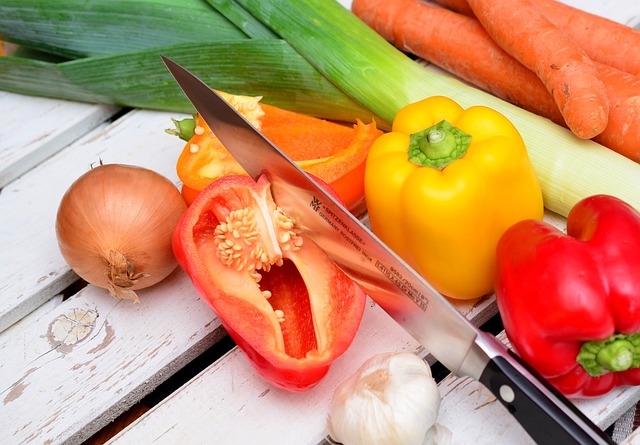
How Do You Hold the Best Knife for Cutting Vegetables?
Remember the saying to stay loose like a long-necked goose? Well, that applies to cutting board etiquette, too. While you want a firm enough grip to keep from slipping, your actual hold resembles more of a pinch than a grip.
Pinch Grip Explained
This refers to grasping an object using the thumb and fingers of one hand.
Kitchen Tips For Cutting Fresh Vegetables
When preparing meals, there are many tips, and every chef has special techniques. After talking to some local chefs about the best knives for cutting vegetables, we came up with a few tips to make meal prep much more manageable.
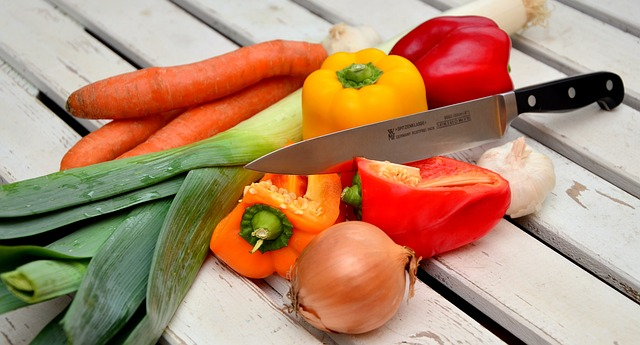
Know Your Vegetable Knife
Learn about kitchen knives and how to use them to cut vegetables like a pro. For instance, you would want to use something other than a paring knife to cut through a massive piece of meat. Also, a chef’s knife could be better for peeling vegetables.
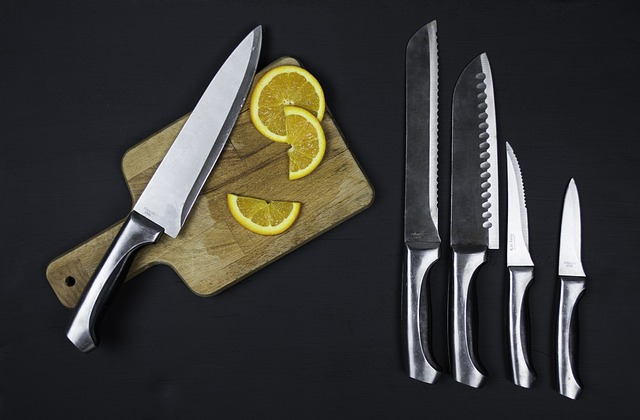
Discover Materials for the Best Knife for Cutting Vegetables
It’s also helpful to know about the materials used to craft the knife, both for the blade and the handle. Cheap materials, high-quality steels, titanium, and ceramic are available.
You can pick between stainless steel and high-carbon steel blades. People know that high-carbon steel keeps its edge. It’s also easy to sharpen but can rust, get stained, and even turn black. But makers made stainless steel blades of iron, chromium, some carbon, and other metals. These features make them less likely to rust. These may need sharpening more often, depending on the stainless steel.
The handle of a knife is also an essential factor to consider. The handle design and materials affect water and temperature resistance. These factors affect its durability, reliability, cutting ability, and appearance. They still impact grip, control, and fatigue. So, make sure to choose a handle that’s comfortable and secure for you!
Your Grip Matters
New cooks’ most common mistake is not holding their knives correctly. Try the pinch or blade grip to get the safest and most versatile grip. You have to keep the sharp blade between your thumb and index finger. Also, wrap the rest of your fingers around the handle.
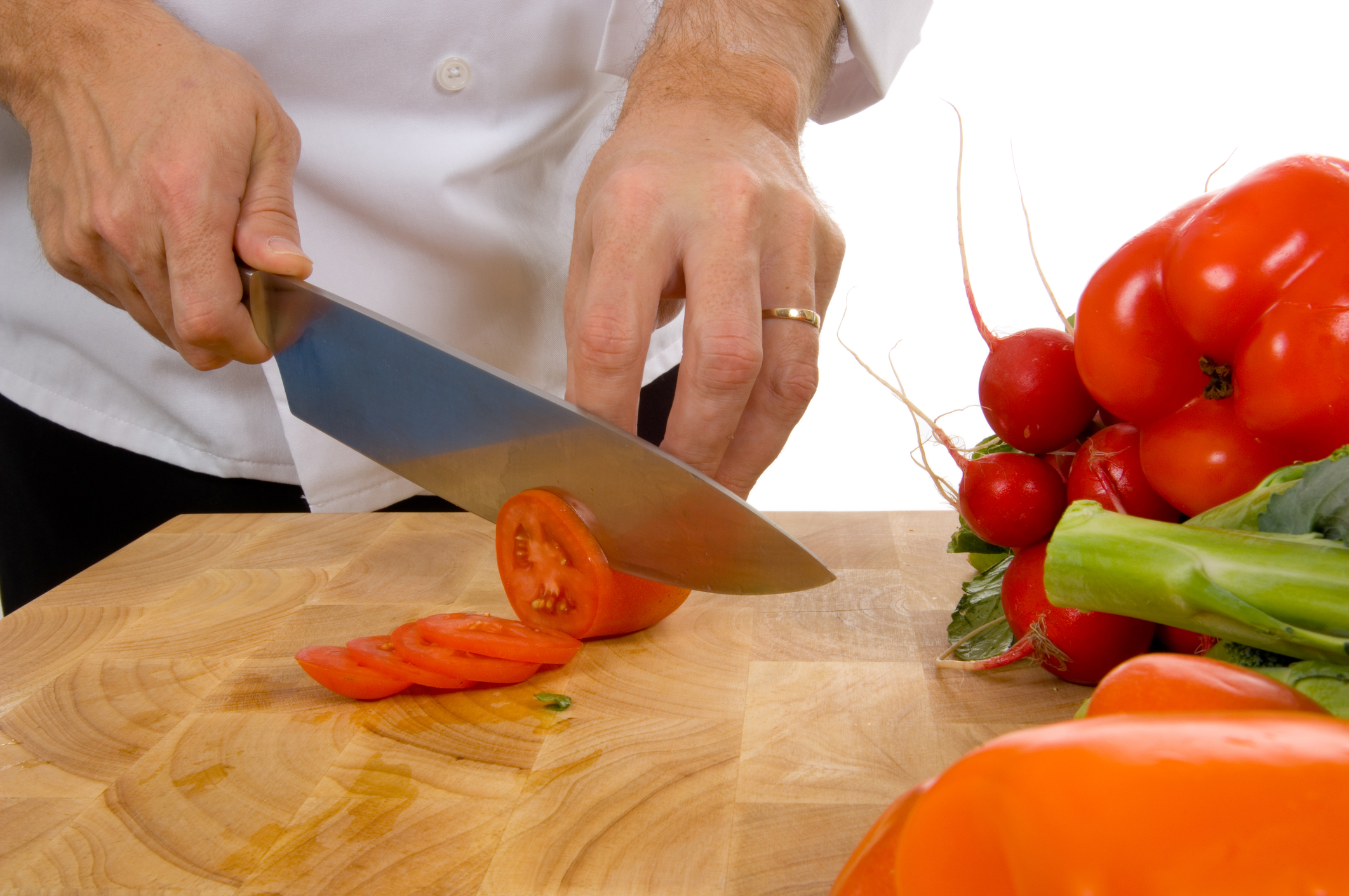
If you’re holding ingredients in place with your off-hand, using the “claw” grip is essential. Curl your fingertips under and use your knuckles to guide your sharp knife. With these simple techniques, you’ll be chopping like a pro in no time!
Stability is Important
Keep your chopping board steady when cutting round things like onions. You can do this by cutting a small slice off the top or bottom or cutting the whole thing in half. Stabilizing your ingredients will make slicing, dicing, and mincing much easier and faster. Plus, it’s a great way to follow the rules of kitchen knife safety. Consider this no matter what blade you think is the best knife for cutting vegetables.
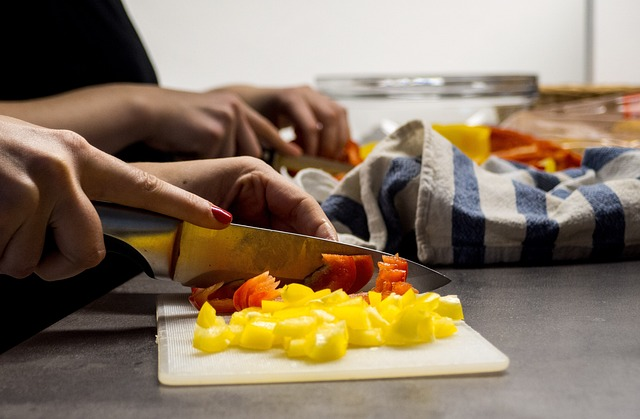
Roll It
Stacking and sliding greens and herbs makes slicing difficult. But I’ve got a pro tip that can make quick work of this tedious task. Instead of cutting them one at a time or in a stack, roll them up like a wad of cash. After that, use your best knife, like a chef’s or utility knife, to cut through them. Perfect strips disappear like rain! The chiffonade cut is the name for this method. It’s French for “rags.” Give it a try and impress your friends and family with your fancy knife skills!
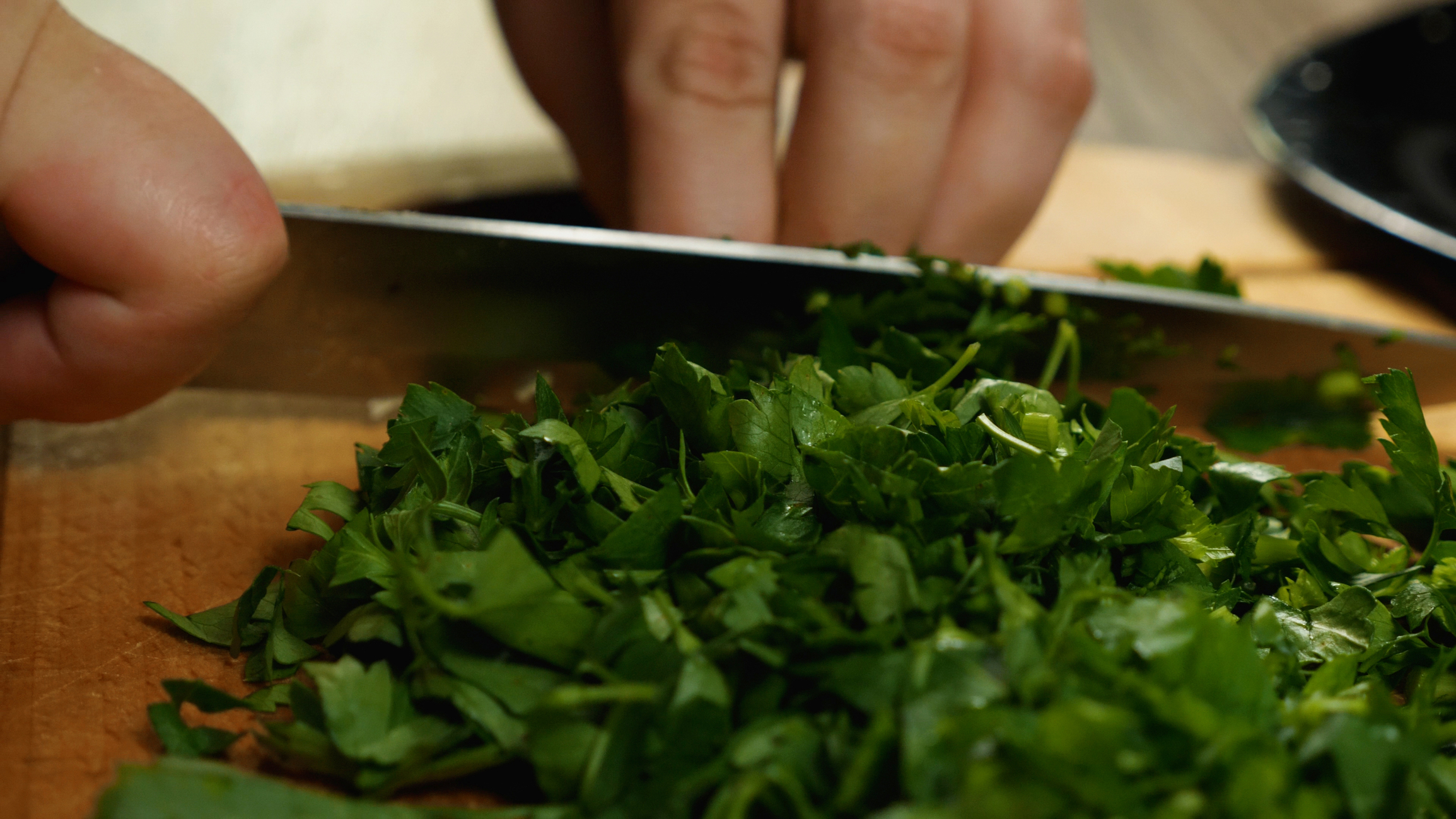
Safety Guidelines for Using Kitchen Knives
Knowing how to use knives in the kitchen is vital for beginners or experienced cooks. That’s why we created this kitchen knife safety guide. These guidelines will let you handle your blades and enjoy cooking without worry. People have different views as to the best knife for cutting vegetables. But safety precautions for blade handling are the same. So, learn how to keep our fingers safe while using kitchen knives.
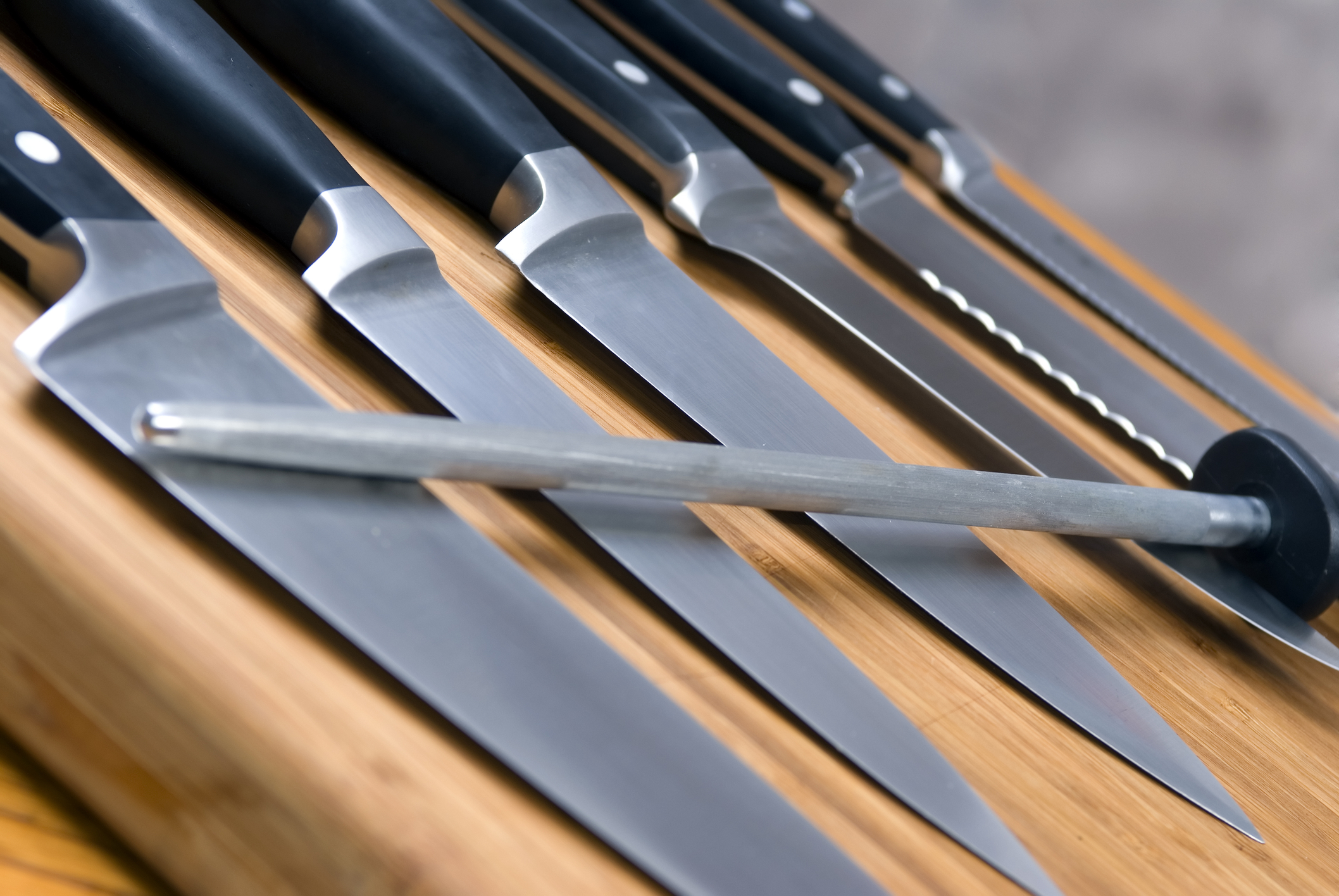
Break These Bad Behaviors: A Safety Guide
Knife Mishandling
Did you know that sharpening and handling kitchen knives are essential? There are two major knife grips used in the kitchen. The first and most basic method is the handle grip, where you wrap your hand around the blade handle.
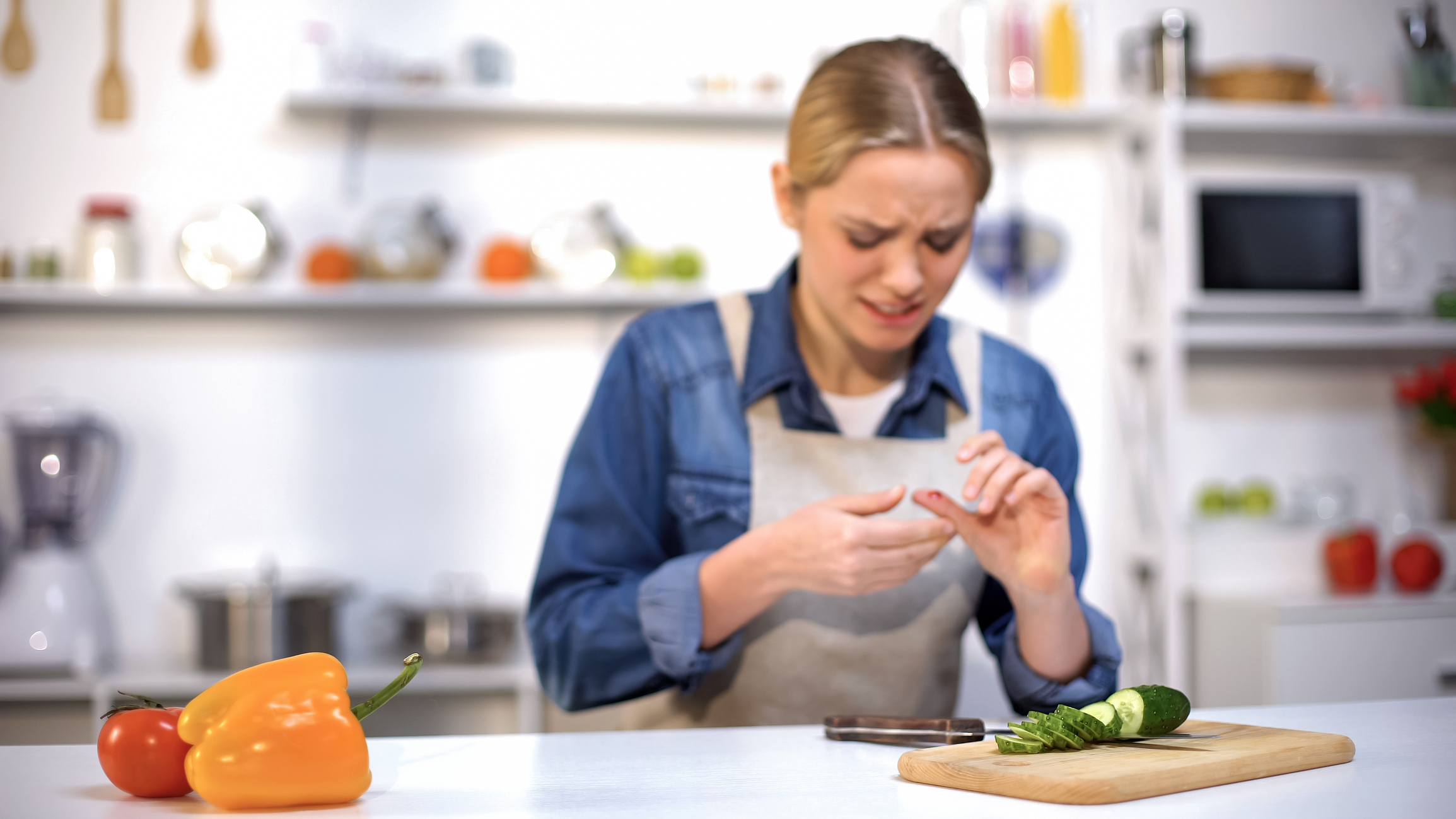
The blade grip approach improves knife skills and control for the second way. Professional chefs use it to grip the knife like a fist and compress the blade at the handle. This technique works best with a chef’s knife.
Often Use of Dull Knives
One of the most important safety rules is always to ensure your knives are sharp. You might think, “Isn’t a sharp knife more dangerous?” But actually, a dull knife can be even more hazardous.
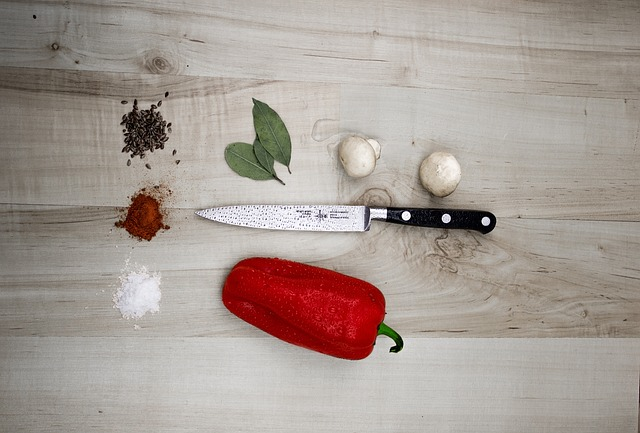
When a knife is dull, you must push harder and use different blade parts to cut through your food. This can cause the knife to slip and cut something you didn’t mean to. Even if you avoid injury, a dull blade will mash your food and yield less appetizing results.
Catching A Falling Knife
You know that playing catch with a kitchen knife is terrible. But did you know that catching a falling knife can be as dangerous? Please don’t reach for it as soon as it falls. Instead, please step back and wait until it hits the ground before picking it up. Stay safe, especially when you have the best knife for cutting vegetables.
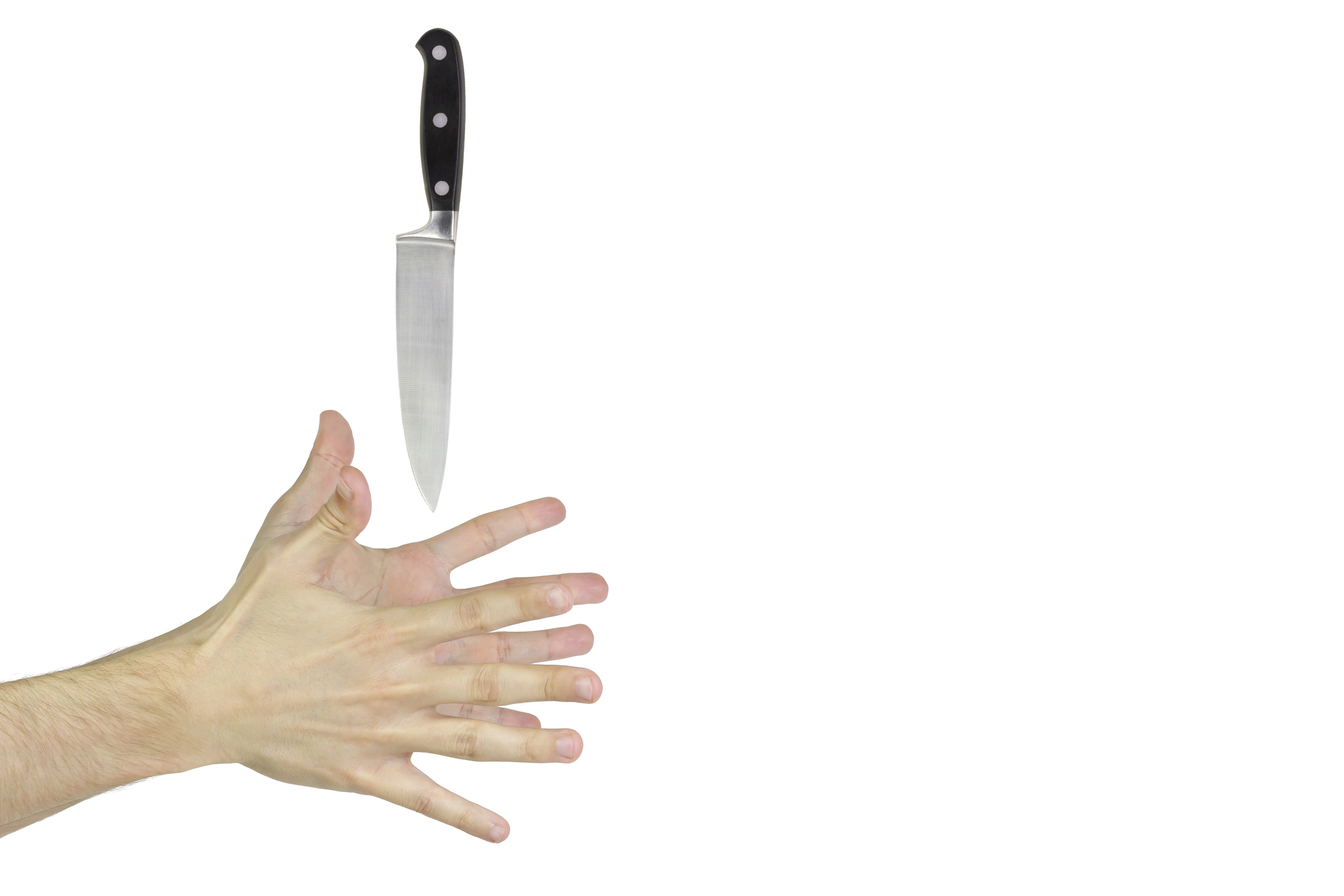
You could damage your kitchen tools and injure yourself if you do these dangerous things. With enough effort and perseverance, you can break these tendencies individually. Thus, you can become a safer, more skilled cook.
Keeping the Knives Unclean After Using
Metal can withstand physical abuse, but food can corrode knives. Washing utensils after use to remove residue prevents this. This will help maintain your knives’ quality and avoid any potential damage.
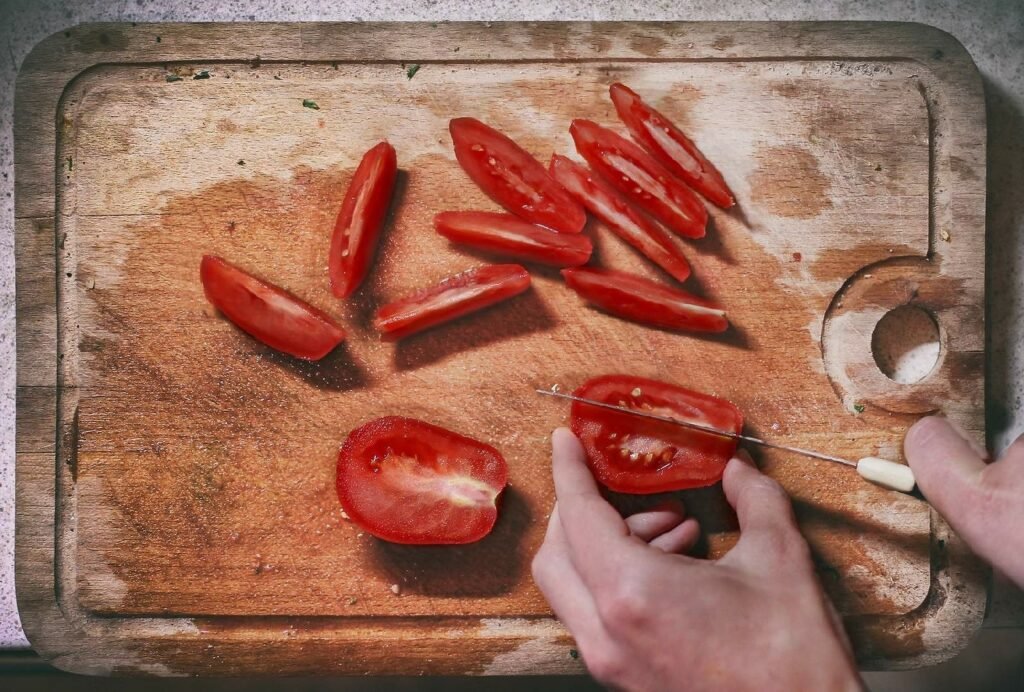
Clean knives reduce damage and food cross-contamination. So take care of your blades by washing them after each use and enjoy how long they last in your kitchen.
Improper Use of Guide Hand
Have you ever watched professional chefs slicing and dicing through ingredients with ease? Do you have one? You may have noticed that they use a unique technique called “the claw” to protect their fingers. They can avoid injuries by curling their off-hand fingertips under and using their knuckles as a knife guide.
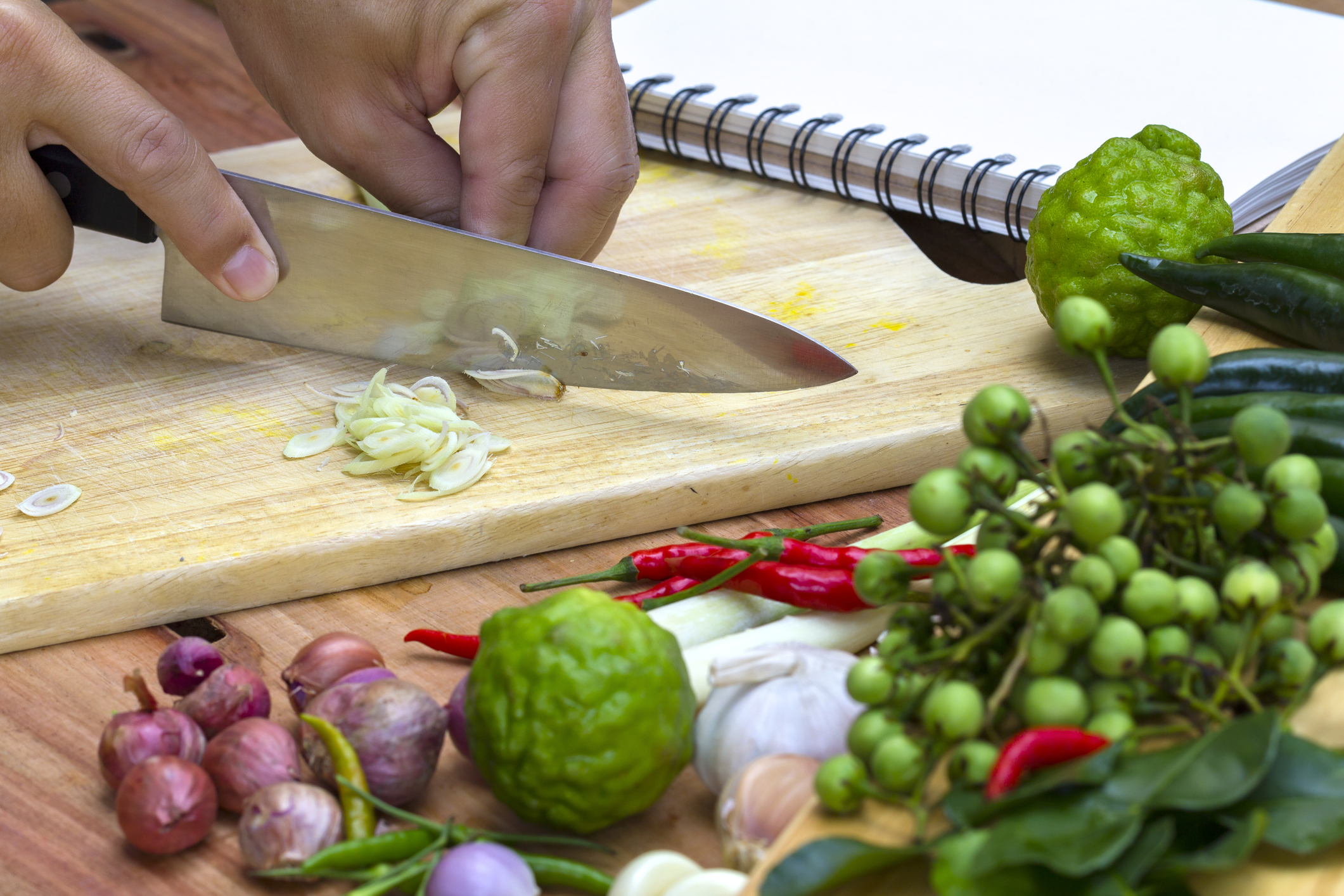
“The claw” technique may feel odd at first. But it’s crucial if you want to keep your fingers when cooking. So, why not try it and see how it can make your kitchen experience safer and more efficient?
Slicing While the Fingers are Near the Blade
Do you ever found yourself placing your index finger on top of the blade of your knife? If you haven’t mastered blade grip, it’s a common mistake. Controlling the knife might make it more complicated, despite what some assume.
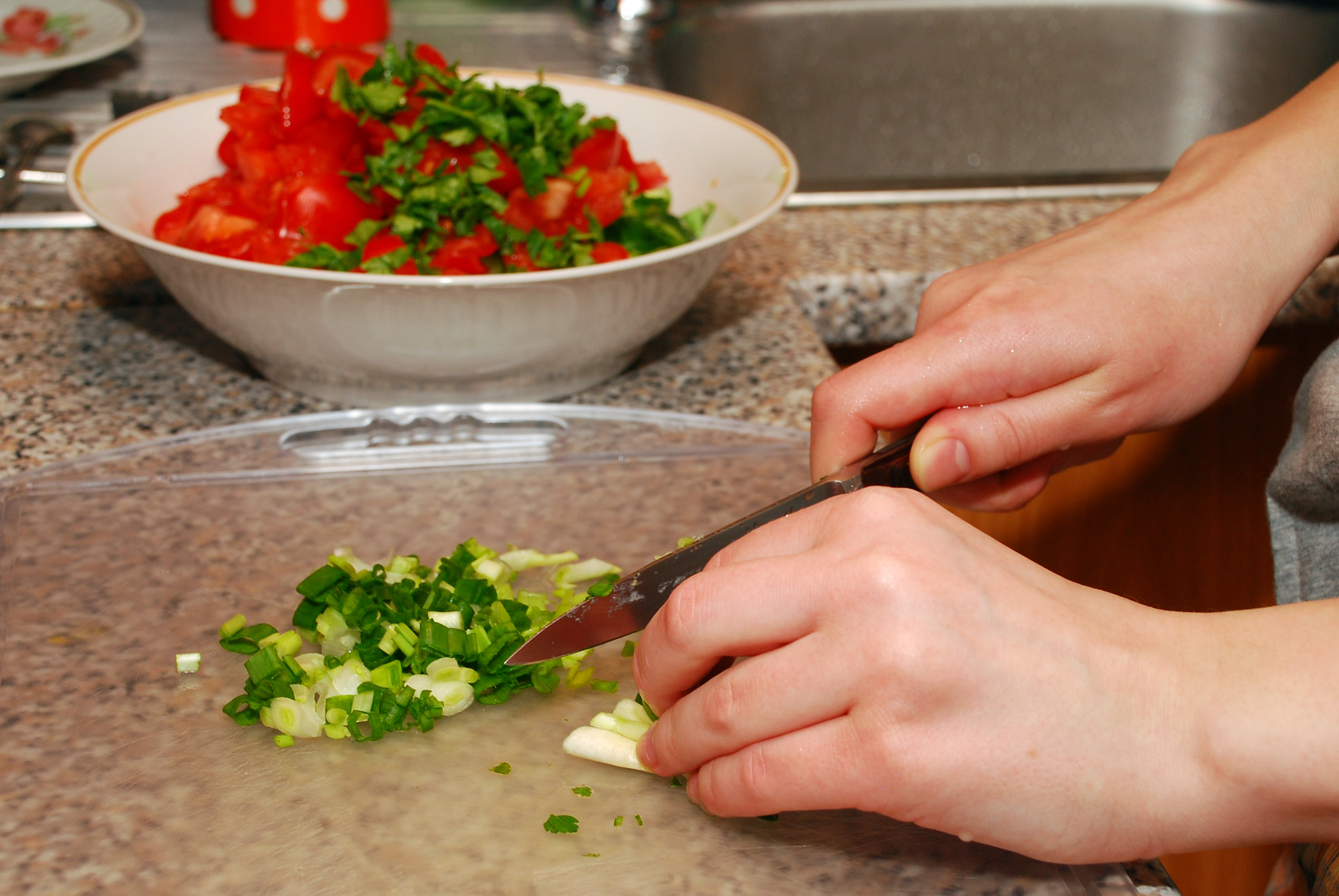
When you use the blade-grip technique, your index finger cannot hold the blade. That’s why it’s so important to keep it folded back instead of resting along the back of the blade. If you move your finger down the knife to apply extra force, you may use a dull or unsuitable knife.
Get the Best Knife for Cutting Vegetables
The appropriate vegetable-cutting knife can change your kitchen experience. You can slice your products with a sharp and comfortable knife. Remember to keep your knife clean and pointy, use proper technique, and focus on safety. Happy chopping!
Further Reading
Incredible Vegan Diet Health Benefits
FAQs
Which vegetable-chopping knife is best?
Chef’s and santoku knives with sharp, straight blades cut vegetables well. But it’s best to see for yourself which appeals to you. To Shop on Cuttingboard.com, click here
What size knife is best for slicing vegetables?
Chopping veggies require a 6–8-inch blade.
Should my vegetable-cutting knife be sharp?
A sharp knife helps cut vegetables. A dull blade makes chopping vegetables harder.
How do you choose a chef’s or santoku knife for slicing vegetables?
Chef’s knives are best for cabbage and pumpkin as they’re heavier and broader. Due to their lighter weight and narrower blades, Santoku knives are perfect for chopping herbs and slicing delicate vegetables.
Vegetable-cutting knife maintenance: how?
Maintain your knife’s edge with a honing steel or sharpening stone. Wash and dry it after each usage to prevent corrosion. Store it in a knife block or magnetic strip.



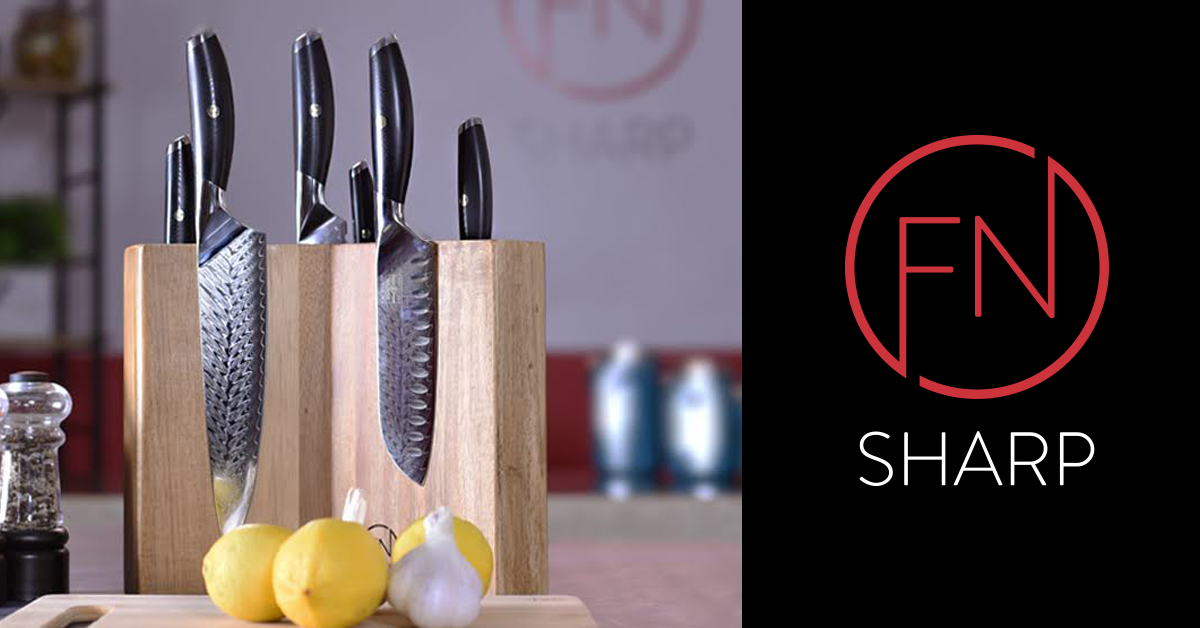
Don't miss out
when new recipes and information are added!
Join our newsletter for free recipes,
healthy living inspiration, and special offers
You have Successfully Subscribed!